Two damaged strangers fall into a complex intimate relationship in Dustin Feneley’s beautiful and rigorous debut feature film, shot in Otago against the backdrop of the breathtaking Southern Alps.
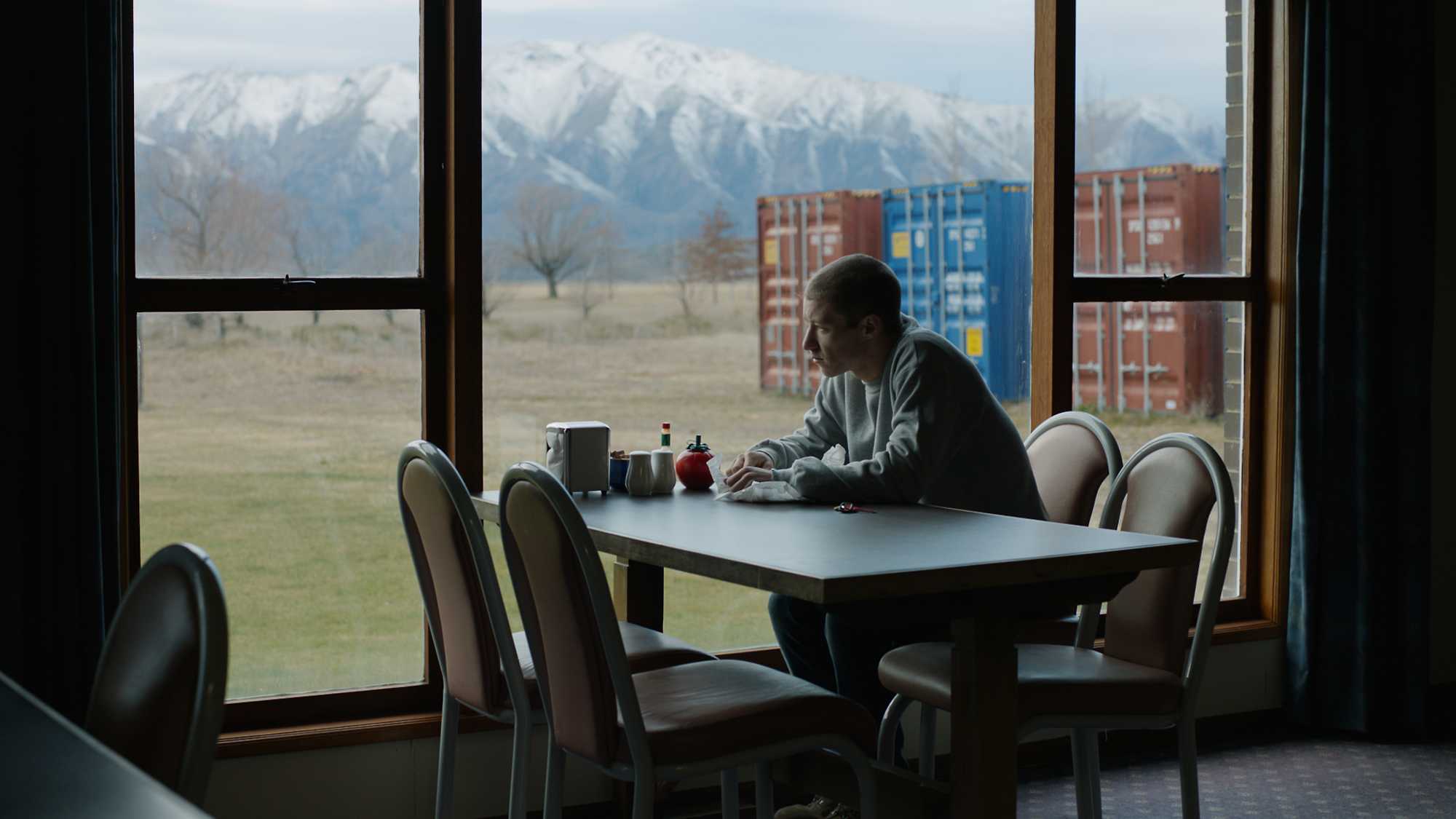
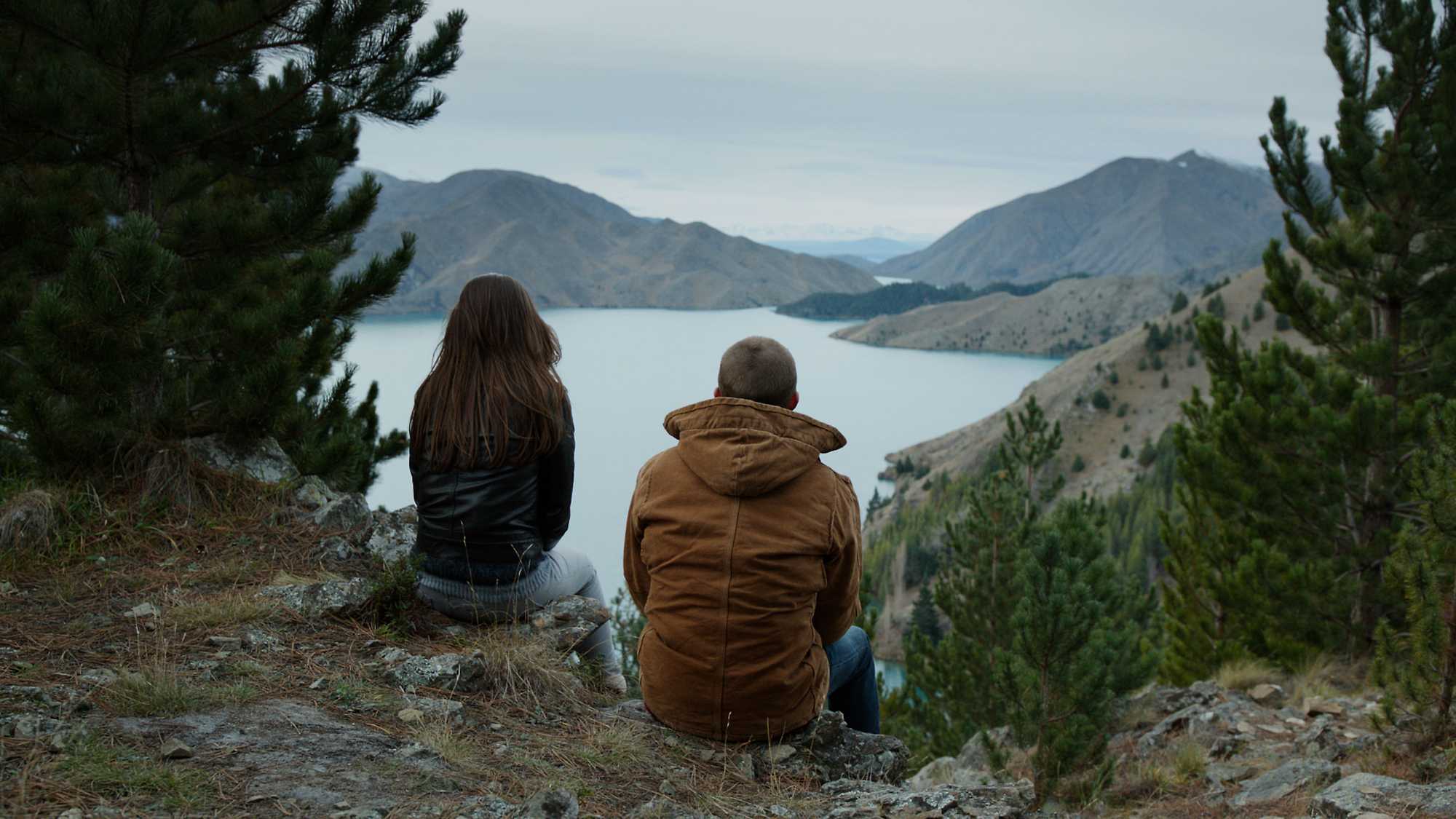
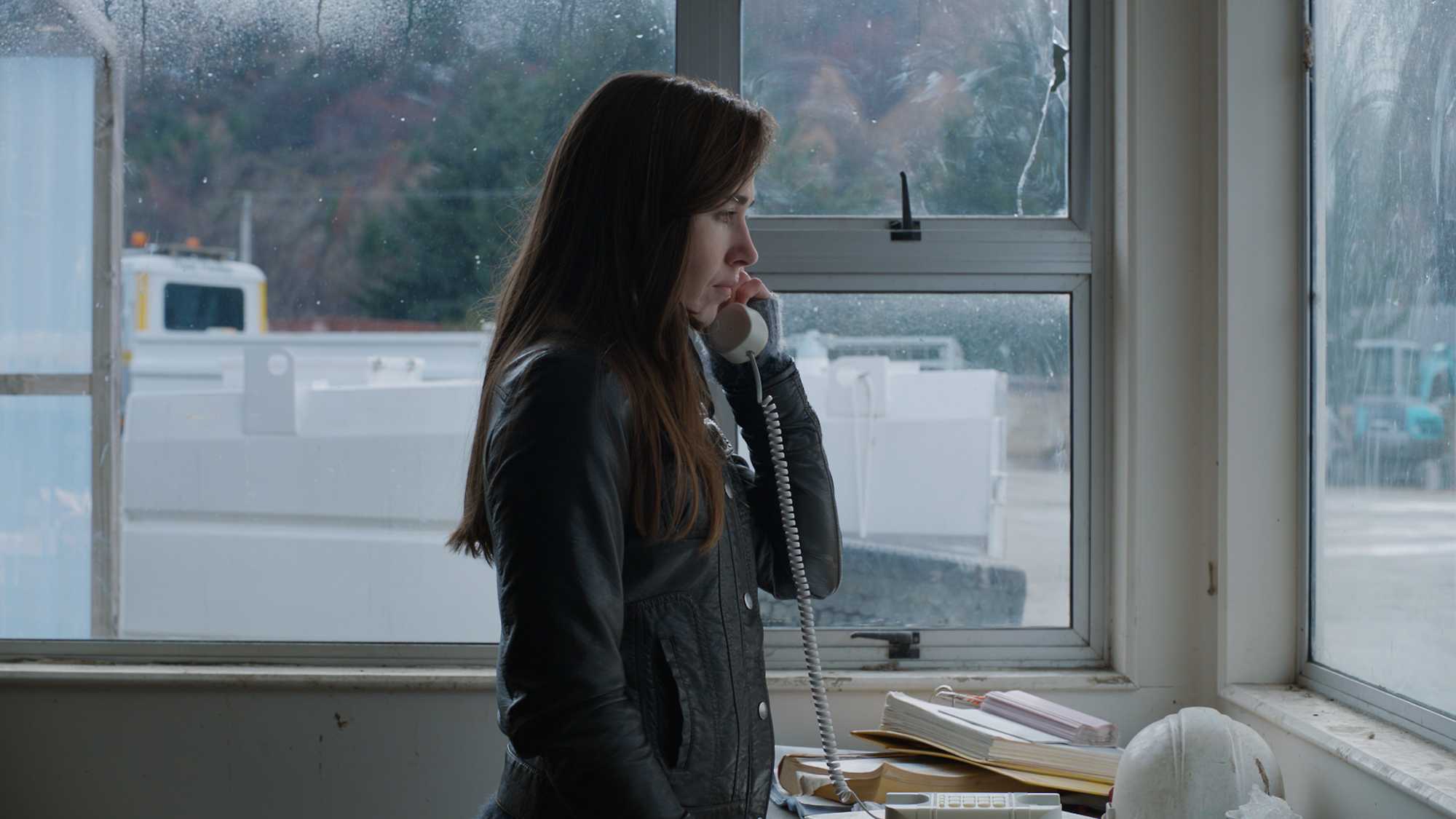

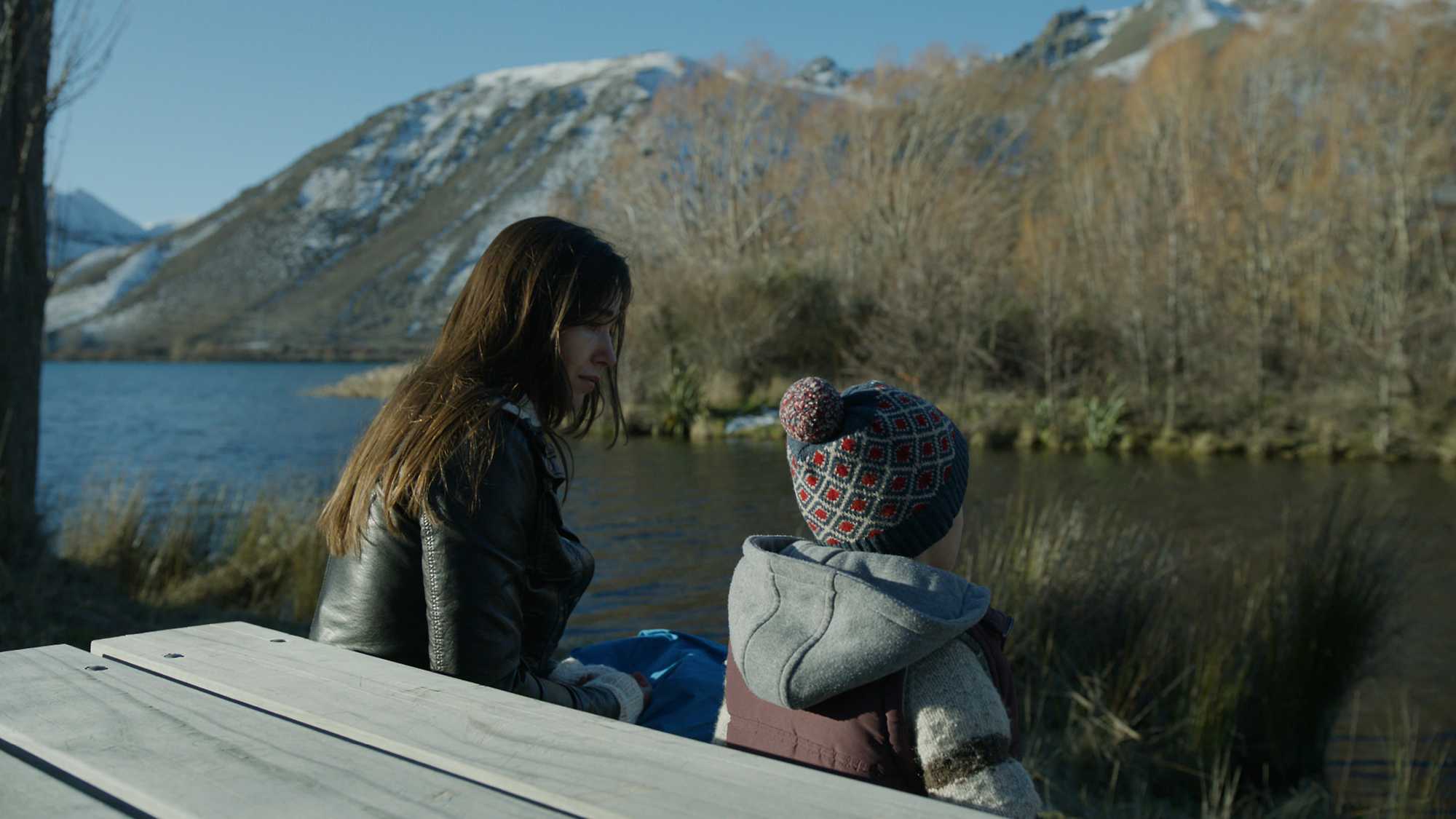
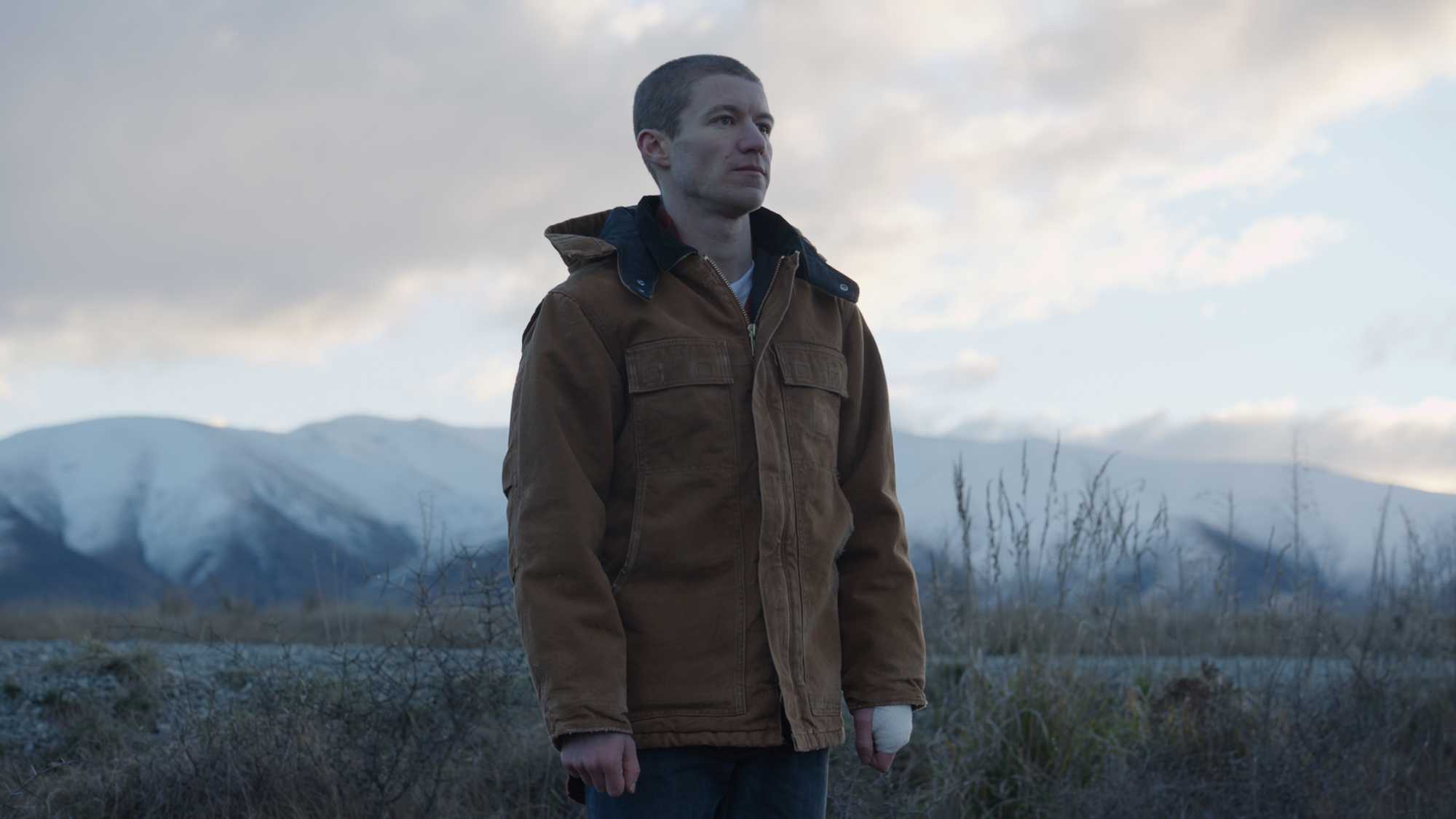
Capturing New Zealand’s moody and majestic southern landscape with terrific clarity, Stray demands to be seen on the big screen
Screened as part of NZIFF 2018
Stray 2018
One of the most strikingly photographed New Zealand films in recent memory, Stray is the statement-making feature debut of writer/director Dustin Feneley. Set in the wintry south, this bracingly spare character drama frames Aotearoa’s oft-filmed landscapes in a clear and startling new light.
Jack (Kieran Charnock, The Rehearsal), a taciturn young man on parole for grievous bodily harm, holes up in a cabin somewhere in Central Otago. It’s not clear whether he’s trying to forget the past or reconcile with it, although his hesitancy with locals suggests he’s much closer to the scene of the crime than he’d care to admit. Locked away in a prison of his own making, Jack one evening encounters Grace, very far from home and seeking refuge. Played by the captivating Arta Dobroshi, star of the Dardenne brothers’ Lorna’s Silence, Grace’s own private struggles linger beneath her attraction to Jack. These lonely, enigmatic strangers drift into a relationship that promises to either heal or hurt.
There’s a deliberate – in the context of the short history of our national cinema even daring – aesthetic discipline to this film, whose suppressed emotions lend greater power to its visuals. Ari Wegner, the talented DP behind Lady Macbeth’s intense painterly compositions, does astonishing things with darkness and diffused natural light. Within these stunning images, the Man Alone tradition is alive and well, but it’s also crisply refocused through Feneley’s commitment to stark silences and bold cinematic spaces into a kind of hard-edged New Zealand poetry. — Tim Wong